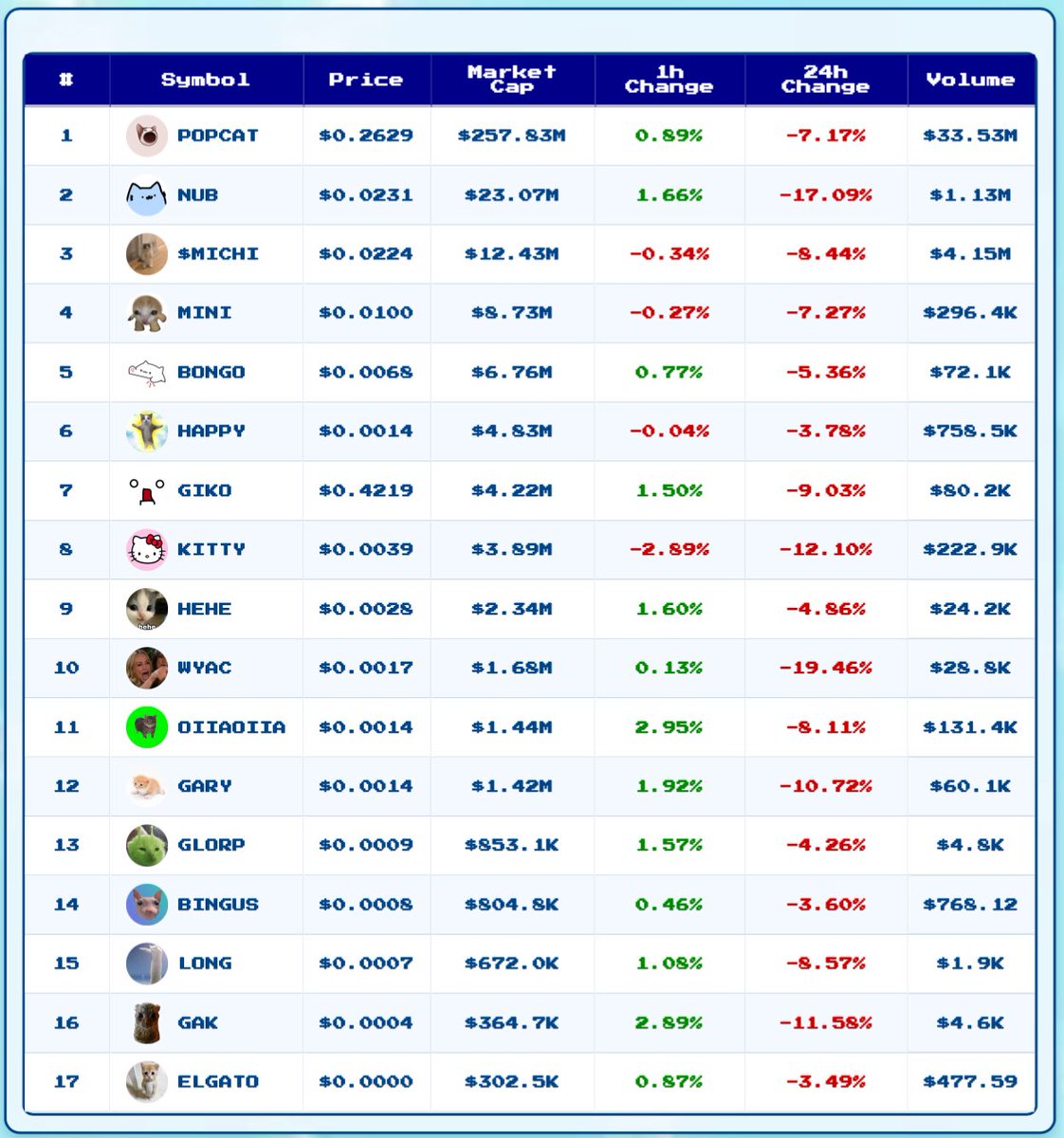Shiba Inu price
in TRYCheck your spelling or try another.


About Shiba Inu
Shiba Inu’s price performance
Shiba Inu in the news
Shiba Inu is attempting to establish a position above the 200-day simple moving average as trading volumes increase.
Developers aim to rebuild confidence after a hidden rebase flaw in v1, promising a simple, auditable token structure.
SHIB's price range saw a 5% spread, with trading volume surging past 1 trillion tokens.
Guides

Shiba Inu FAQ
Shiba Inu is a memecoin built on the Ethereum blockchain. It was created in August 2020 and was designed to test the success of community-driven projects. Shiba Inu is often called the “Dogecoin Killer” and has an incredibly loyal following called the SHIB Army.
The Shiba Inu ecosystem uses the Ethereum blockchain, and SHIB is an ERC-20 token. ShibaSwap DEX, the native decentralized exchange, allows users to participate in various functions like Dig, Woof, and Bury, which involve staking, providing liquidity, and earning rewards in BONE tokens. Apart from its financial applications, SHIB is also used as a means of payment for goods and services at several offline and online merchants.
The token also plays a significant role in community-driven initiatives, including the Shiba Inu Rescue Association. Additionally, Shiba Inu offers Shiboshi NFTs, a collectible card game called "Shiba Eternity," and plans for "Shib: The Metaverse," a metaverse project on the upcoming Shibarium Layer 2 Ethereum scaling solution.
Easily buy SHIB tokens on the OKX TR cryptocurrency platform. Available trading pairs in the OKX TR spot trading terminal include SHIB/USDT, SHIB/USDC, and SHIB/BTC.
You can also buy SHIB with over 99 fiat currencies by selecting the "Express buy" option. Other popular crypto tokens, such as Bitcoin (BTC), Ethereum (ETH), Tether (USDT), and USD Coin (USDC), are also available.
Additionally, you can swap your existing cryptocurrencies, including XRP (XRP), Cardano (ADA), Solana (SOL), and Chainlink (LINK), for SHIB with zero fees and no price slippage by using OKX TR Convert.
To view the estimated real-time conversion prices between fiat currencies, such as the USD, EUR, GBP, and others, into SHIB, visit the OKX TR Crypto Converter Calculator. OKX TR's high-liquidity crypto exchange ensures the best prices for your crypto purchases.
Dive deeper into Shiba Inu
Shiba Inu (SHIB) is a dog-themed memecoin inspired by the Shiba Inu dog. It was launched as a potential "Dogecoin Killer" in August 2020 by an anonymous developer known as Ryoshi. According to its whitepaper, Shiba Inu was released as an experiment to build a completely decentralized and spontaneous community. Although Shiba Inu was meant to be a standalone memecoin, it has evolved into a broader ecosystem.
Shibu Inu was created on the Ethereum blockchain using its ERC-20 fungible token standard. It was built on top of the Ethereum blockchain due to its secure and well-established network, which allows the project to remain decentralized. Additionally, Shiba Inu can utilize Ethereum's smart contracts, which other memecoins, like Dogecoin, cannot.
The Shiba Inu ecosystem comprises three tokens: SHIB, LEASH, and BONE. SHIB is the project's foundational currency, which can be traded and used as a medium of exchange. LEASH was the second token released, and although it was initially created as a peg to the price of DOGE at a rate of 1/1,000, the decision was eventually made to "unleash" the two tokens. As a result, LEASH currently functions as the main store of value for buyers. Finally, BONE is a governance token allowing the Doggy DAO, Shiba Inu's decentralized autonomous organization (DAO), to vote on upcoming proposals. In addition, holders who provide liquidity on the ShibaSwap DEX are rewarded with BONE.
The Shiba Inu ecosystem also consists of ShibaSwap DEX, Shiba Inu Rescue Association, Shiboshi NFTs, The Shiba Inu Incubator, a rewards system, and more.
SHIB gained rapid popularity post-launch, earning regular mentions from famous personalities like Elon Musk and Vitalik Buterin, which in turn caused a notable positive impact on the Shiba Inu price. Today, Shiba Inu and Dogecoin remain two of the most well-known memecoins in the market. Although many dog-themed coins have sprung up since Shiba Inu's launch, they have yet to match the popularity of Dogecoin and Shiba Inu.
Its success can be gauged from the fact that over 100 Shiba Inu copies have come up. These include the likes of King Shiba, BitShiba, Shibavax, SpookyShiba, Captain Shibarrow, and Shibalana.
How does Shiba Inu work
Since SHIB is an ERC-20 token, all token transactions happen on the Ethereum blockchain. Therefore, every SHIB transaction is processed at around 15-20 TPS and involves a variable gas fee. Shiba Inu inherits all of Ethereum's security features and can be stored in any crypto wallet compatible with Ethereum-based tokens, including the OKX Wallet.
While most meme tokens have little utility, SHIB can be used in multiple ways within and outside the Shiba Inu ecosystem. For example, you can exchange SHIB with other crypto assets, including BONE and LEASH, on Shiba Swap DEX. SHIB holders can also stake or provide liquidity on ShibaSwap and earn yield. Additionally, Shiba Inu runs a community-driven rescue initiative for Shiba Inu dogs. It's operated with Amazon Smile through the Shiba Inu Rescue Foundation.
Shiba Inu’s native decentralized exchange (DEX), ShibaSwap, allows users to:
- Dig: Digging is ShibaSwap's liquidity pool function. Users can deposit crypto assets into existing liquidity pools or create their own. Liquidity pool providers are rewarded with SSLP tokens.
- Woof: Woofing enables users to redeem BONE by cashing out SSLP tokens.
- Bury: Burying refers to staking SHIB, LEASH, and BONE. Burying helps to generate high-interest yields, which are paid in BONE tokens.
Outside the Shiba Inu ecosystem, the SHIB token is a commonly-used payment medium. It has gained widespread adoption as a means of payment for goods and services at various offline and online merchant establishments. These include ExpressVPN, Travala.com, Twitch, Newegg, AMC Theatres, SlingTV, GameStop, Bed, Bath & Beyond, Lowe's, Barnes & Noble, and Nordstrom.
Shiba Inu developments
The Shiba Inu team made a big announcement in March 2022 about a project titled Shib: The Metaverse. Via a blog post on its official website, the team stated that this metaverse would offer a massive virtual environment to Shiba Inu community members, which they can truly call home.
NFTs will power the metaverse. Community members can mint NFT-based digital land parcels using ETH or SHIB tokens. In the future, they can also use the ecosystem's other two tokens, BONE and LEASH, within the metaverse. Meanwhile, during March 2024, the project teased the involvement of TREAT, an in-progress Shiba Inu ecosystem token, would play a major role in the metaverse. TREAT will serve multiple uses, including providing liquidity for the SHI stablecoin, and will eventually replace BONE as the reward mechanism on ShibaSwap.
In the metaverse, there are a total of 100,595 plots of land on offer. Of these, 36,431 were released on April 13, 2022, coinciding with the launch of the metaverse's introductory phase.
As with other prominent metaverse projects, the land parcels in Shib: The Metaverse are segregated based on the desirability levels of locations. Lands situated at strategic locations cost more as compared to others. They are categorized into four tiers:
- Tier 1 (Diamond Teeth): 2,024 land parcels at 1 ETH per land parcel
- Tier 2 (Platinum Paw): 5,714 land parcels at 0.5 ETH per land parcel
- Tier 3 (Gold Tail): 7,356 land parcels at 0.3 ETH per land parcel
- Tier 4 (Silver Fur): 17,030 land parcels at 0.2 ETH per land parcel
Apart from the above, there are 4,307 land parcels in a "Private Locked" tier, referred to as "HUBS."
Shib: The Metaverse will be developed and launched on Shibarium, Shiba Inu's upcoming Layer 2 Ethereum scaling solution. Shibarium aims to improve the speed of Shiba Inu transactions and function as the host chain for various Shiba Inu native projects. In a blog post, Ryoshi said he hopes for Shibarium to accomplish the following:
- Improve transaction speeds of Shiba Inu’s tokens and projects
- Reduce or eliminate transaction fees
- Allow for more accessible Shiba Inu NFT gaming
- Facilitate implementation of Shiba Inu metaverse
- Function as a foundation for the development of decentralized applications (dApps)
Once Shibarium is launched, all SHIB tokens will be migrated from Ethereum to the Layer 2 blockchain.
In August 2022, the project announced the launch of a play-to-earn game called "Shiba Eternity." The multiplayer collectible card game, involving 1,000 SHIB-inspired cards, will be the first of many NFT games launched in the Shiba Inu ecosystem. Shiba Eternity will be split into a classic mobile game and a blockchain-based NFT game that will use Shiboshi NFTs.
October 2023 saw the project announce Shibdentity, a Shib Name Service (SNS) launched on Shibarium. The platform was designed to empower users to own and control their digital identities. One significant feature of th e SNS is its human-readable addresses. The feature allows users to send tokens to contacts using their unique Shib names, removing the need to remember and use complex wallet addresses.
In April 2024, the project secured a $12 million investment through the sale of the upcoming TREAT token to develop a Layer 3 blockchain. Built on top of Shibarium, the Layer 3 will adopt fully homomorphic encryption technology from cryptography firm Zama. The blockchain will reportedly help to advance the capabilities of the Shiba Inu ecosystem, with a focus on enhancing privacy and trust for community members.
SHIB price and tokenomics
The Shiba Inu token had a maximum supply of 1 quadrillion at launch. Half was locked in Uniswap for liquidity, and the other half was allocated to the Ethereum co-founder Vitalik Buterin. While this move drew criticism from the crypto community, it became apparent with time that Buterin had the project's best interests. Buterin donated 50 trillion SHIB, valued at $1.5 billion, to India's Covid Relief Fund.
A week after this donation was made, the Ethereum co-founder burnt a record-breaking number of SHIB tokens: 410.24 trillion; Almost 41 percent of the total supply was permanently removed from circulation.
Because of the incredibly substantial supply of SHIB, the community has created an initiative to burn as many tokens as possible to make the cryptocurrency more scarce. Towards this goal, more than 76 billion SHIB tokens were burned in 2023 — an 8.33 decrease compared to the quantity burned during 2022.
SHIB tokenomics depends significantly on two other tokens within the Shiba Inu ecosystem: LEASH and BONE. Like SHIB, both LEASH and BONE are also ERC-20 tokens.
While LEASH has a total supply of 107,646 tokens, BONE has a maximum supply of 250 million. BONE has a larger supply than LEASH because holders can use it to propose and vote on changes to the ShibaSwap protocol. Users that provide liquidity to ShibaSwap are also rewarded in BONE tokens.
All three tokens can be staked using ShibaSwap. Once the tokens are staked, users receive a token that represents their staked amount. These tokens are xSHIB, xLEASH, and tBONE. One-third of BONE rewards from staking are immediately available, whereas the remaining two-thirds are locked up for six months.
By mid-2024, SHIB had risen to become the eighth largest cryptocurrency by market cap, with a total market cap of more than $19.5 billion.
About the founders
Shiba Inu was introduced in 2020 by an anonymous individual or team named Ryoshi. Remarkably, Ryoshi has publicly asserted that he holds no SHIB tokens, emphasizing the decentralized nature of Shiba Inu, where no individual holds authority or ownership over the project. The community's governance and success are the collective efforts of its passionate members.
Disclaimer
OKX TR does not provide investment or asset recommendations. You should carefully consider whether trading or holding digital assets is suitable for you in light of your financial condition. Please consult your legal/tax/investment professional for questions about your specific circumstances. For further details, please refer to our Terms of Use and Risk Warning. By using the third-party website ("TPW"), you accept that any use of the TPW will be subject to and governed by the terms of the TPW. Unless expressly stated in writing, OKX TR and its affiliates (“OKX TR”) are not in any way associated with the owner or operator of the TPW. You agree that OKX TR is not responsible or liable for any loss, damage and any other consequences arising from your use of the TPW. Please be aware that using a TPW may result in a loss or diminution of your assets. Product may not be available in all jurisdictions.







